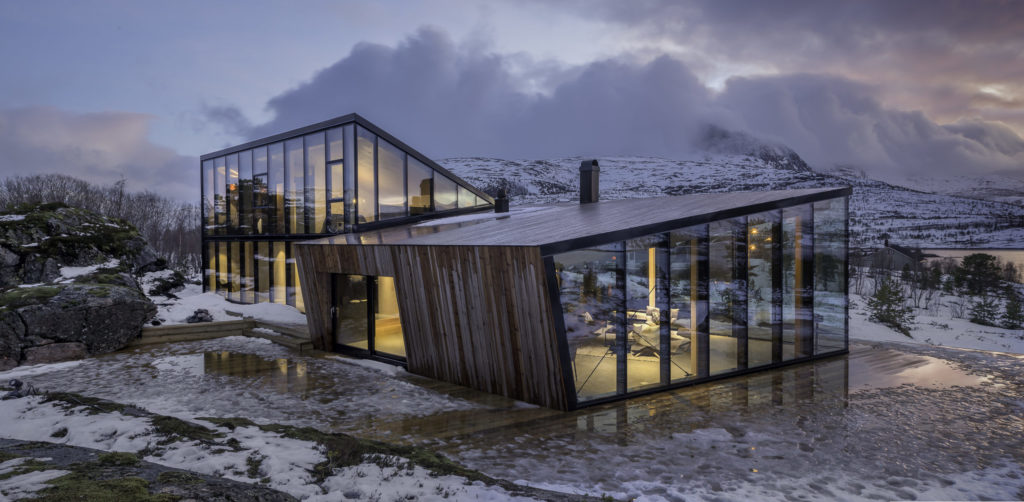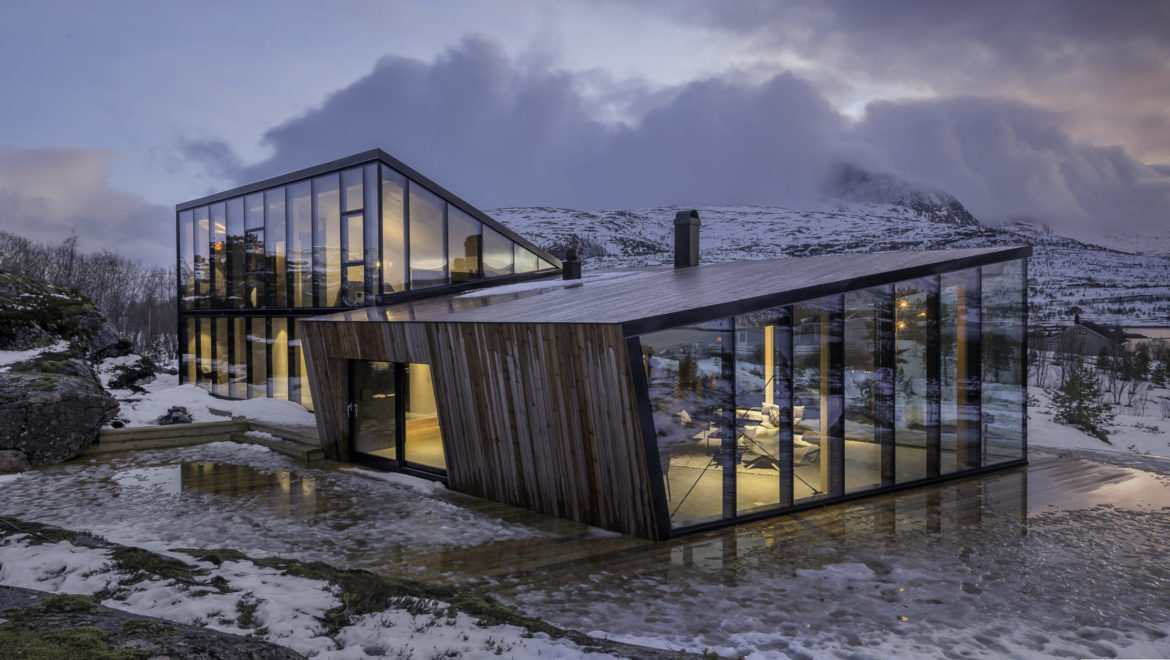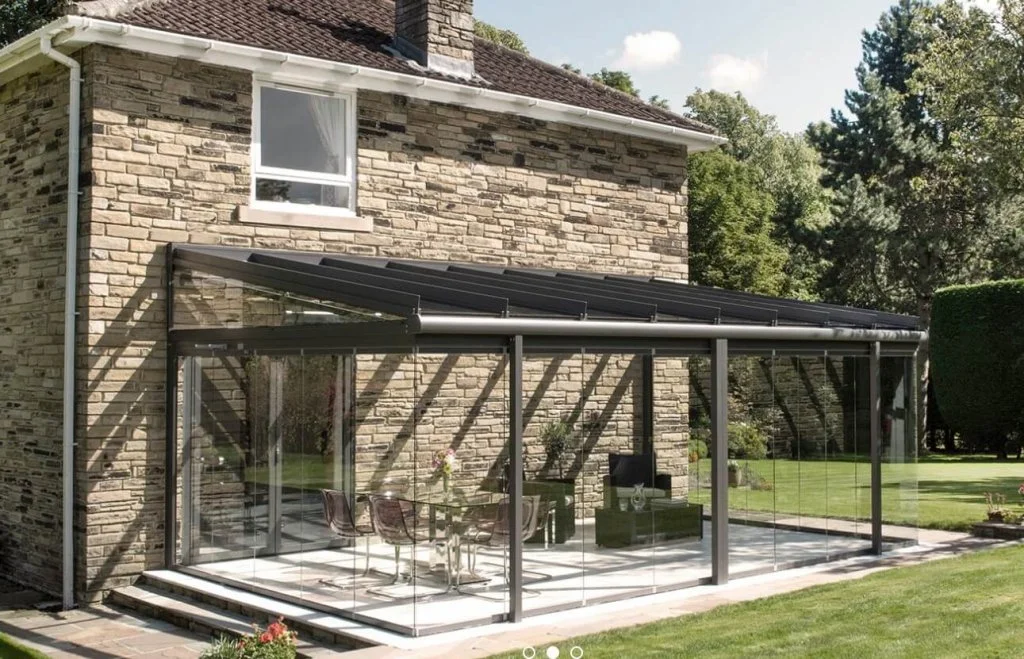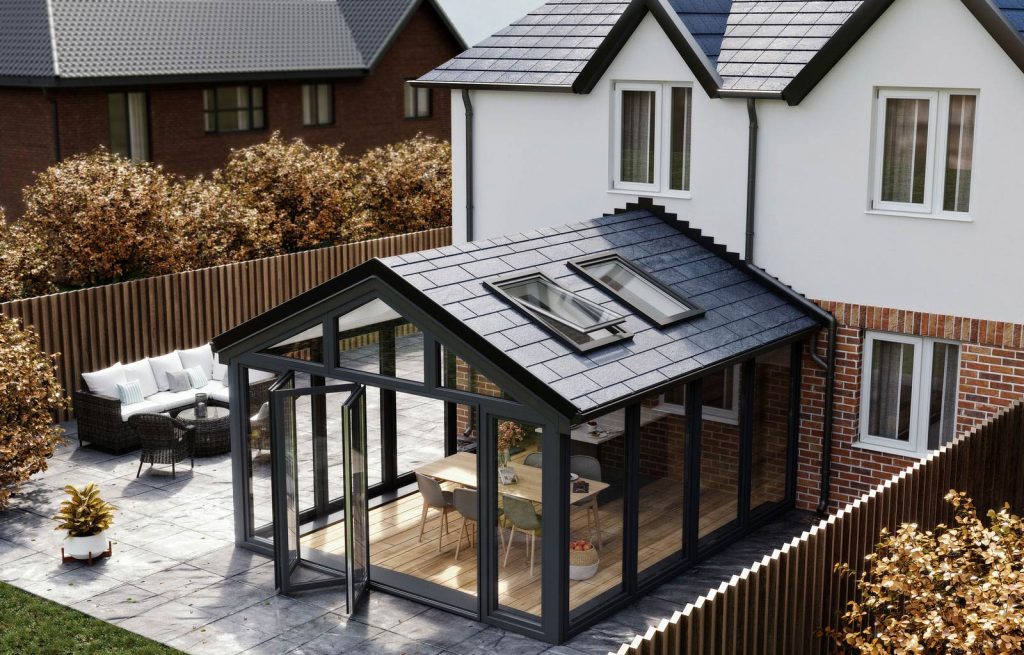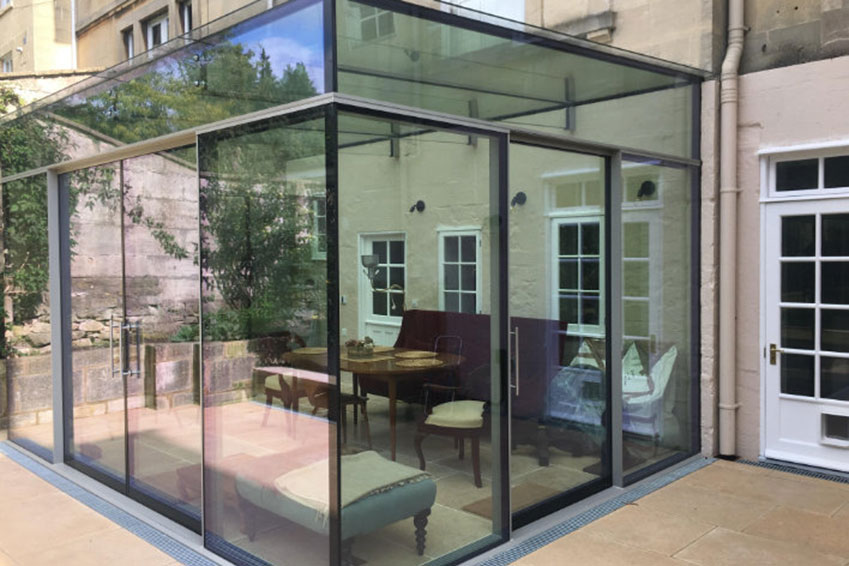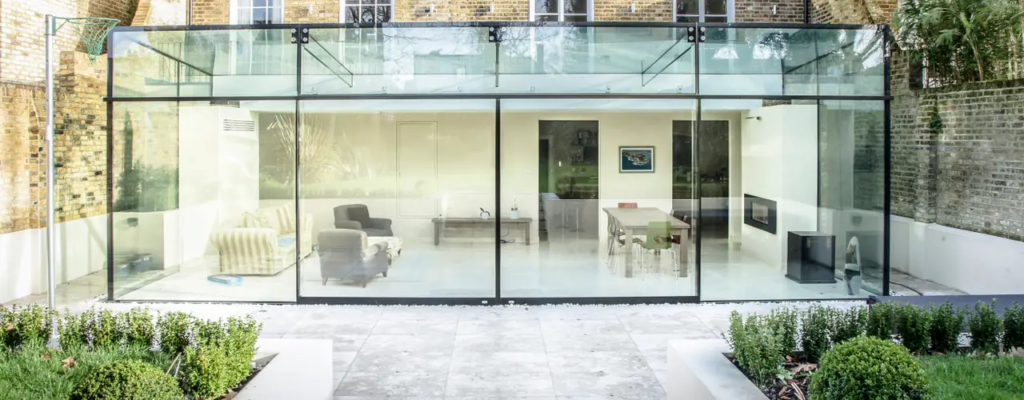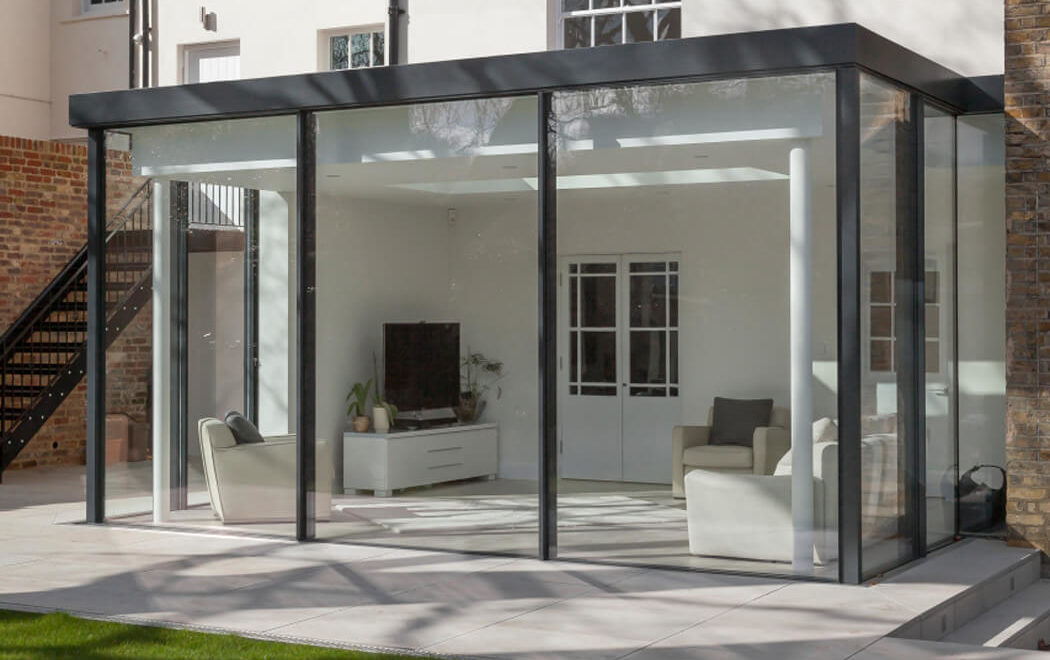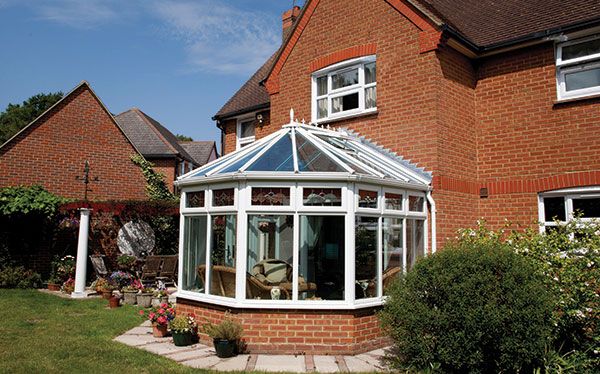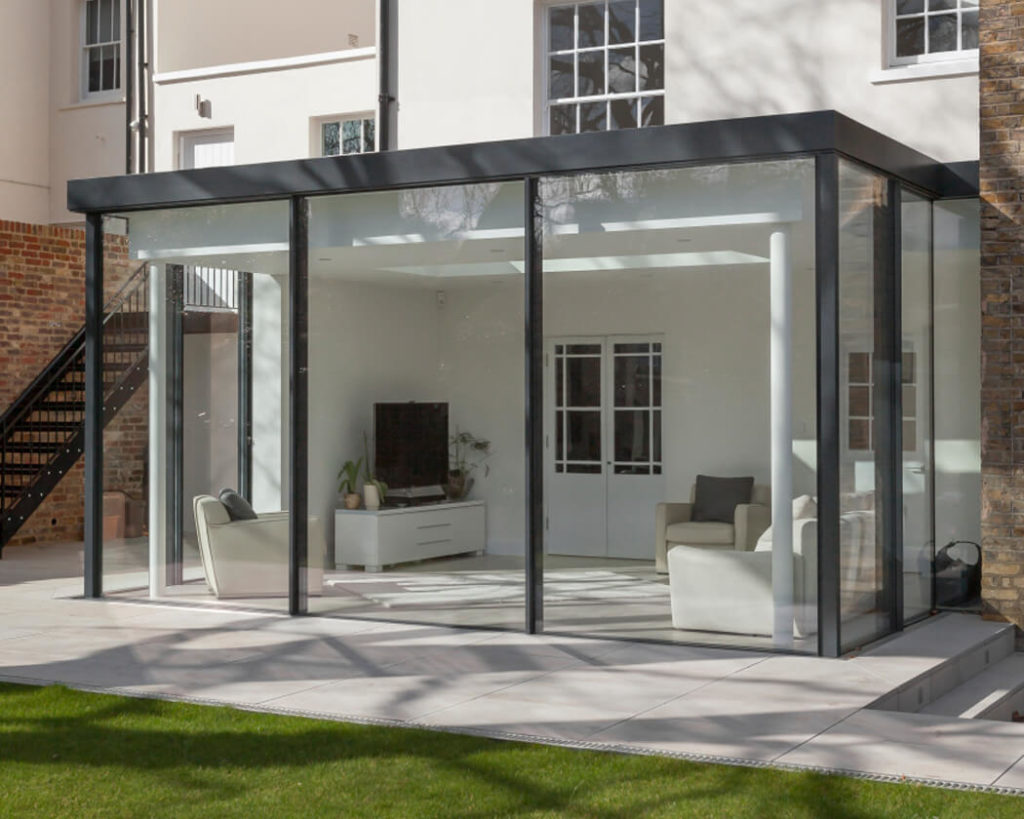Innovative Uses of Glass in Contemporary Architecture
In the realm of contemporary architecture, one material has risen to prominence for its ability to blend functionality, aesthetics, and sustainability seamlessly: glass. From towering skyscrapers to minimalist residential designs, architects and designers are continually pushing the boundaries of what is possible with glass. In this blog, we will explore the innovative uses of glass in contemporary architecture. Showcasing how this versatile material is shaping the future of building design.
Transparency and Light
Glass is often associated with transparency and light. And contemporary architects are leveraging these qualities to create spaces that feel open and connected to the outdoors. Large, floor-to-ceiling glass windows and walls have become a hallmark of modern architecture, allowing natural light to flood interior spaces. These features not only reduce the need for artificial lighting but also provide stunning views and a sense of connection to the surrounding environment.
Innovative architects are taking this concept a step further by incorporating dynamic glass that can change its transparency based on external conditions. Electrochromic and thermochromic glass technologies allow for adjustable shading and privacy, reducing energy consumption while maintaining visual comfort.
Structural Integrity
Glass is no longer limited to being a mere cladding material. It has evolved into a structural element in contemporary architecture. Engineered glass beams, columns, and floors are being used to create buildings with stunning glass facades and intricate glass bridges. These structural innovations are not only visually striking but also contribute to the overall sustainability of a building, as glass is a recyclable material.
Sustainable Design
Sustainability is a top priority in modern architecture, and glass is playing a crucial role in achieving eco-friendly designs. Architects are incorporating double-glazed and low-emissivity glass to improve energy efficiency by minimizing heat transfer. Additionally, photovoltaic glass, which captures solar energy and converts it into electricity, is being integrated into building facades to generate power sustainably.
Biomimicry and Textured Glass
Inspired by nature’s designs, architects are exploring biomimicry in glass architecture. Textured glass surfaces that mimic patterns found in nature. Such as, leaves, shells, or water droplets, add an organic touch to contemporary buildings. These textured glass elements can serve functional purposes. Such as, diffusing light or enhancing privacy, while also creating visually appealing and unique facades.
Glass as Art
Contemporary architecture is blurring the lines between art and function, and glass is at the forefront of this trend. Custom-designed glass installations, sculptures, and artistic facades are becoming iconic elements of modern buildings. Artists and architects collaborate to create one-of-a-kind glassworks that transform buildings into artistic masterpieces. Showcasing the endless possibilities of this medium.
Adaptive Environments
As technology advances, so does the potential for glass in creating adaptive environments. Smart glass technology allows for instant changes in transparency, providing privacy or shading at the touch of a button. These innovative applications of glass offer occupants greater control over their surroundings and contribute to energy efficiency by reducing the need for traditional blinds or curtains.
Conclusion
Innovative uses of glass in contemporary architecture have pushed the boundaries of what is possible in building design. From enhancing sustainability to creating breathtaking visual experiences, glass is no longer just a building material; it’s a dynamic and integral part of architectural innovation. As technology continues to evolve, we can expect to see even more groundbreaking uses of glass in the future, further shaping the way we interact with and experience our built environment.
